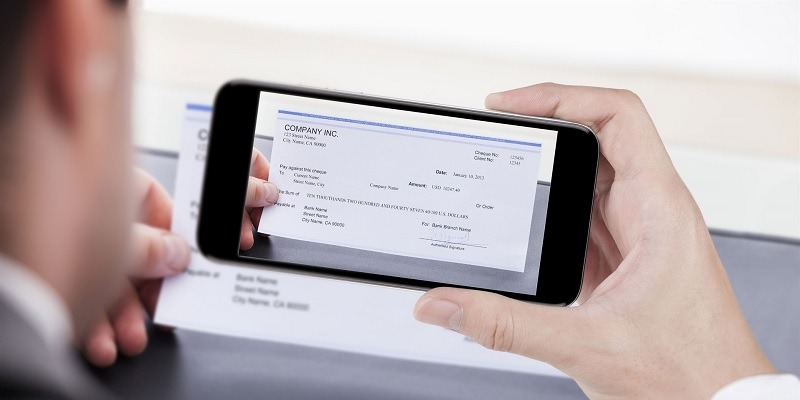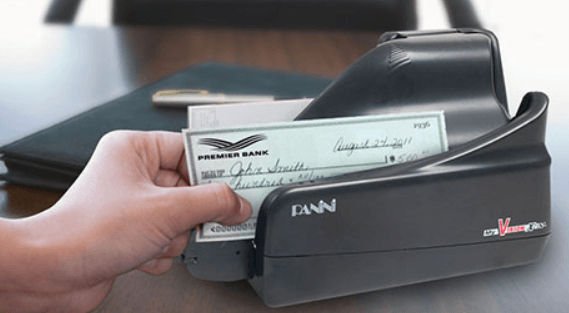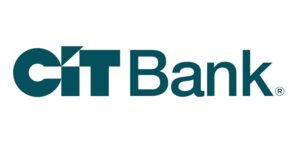
Remote deposit is another way of depositing a check to your bank account. You can simply snap a picture of it through your banking app (if your bank offers this service) and load/deposit it that way.
The result is being faster and easier. It eliminates the need to physically drive to your bank or ATM to deposit the check. In this post we’ll go over how it works, who uses remote deposits, and what the pros and cons to using this method.
Who Uses Remote Deposit
| Businesses | Businesses were the the first to use remote deposit as a method to depositing checks written out to them. Since they see a large amount of checks, they needed to get funds available as quickly as possible for payroll, expansion, and operation. |
| Individuals | With the advancement of mobile/online banking, individuals are able to remotely deposit their money. Those who live an active life and are too busy to physically deposit a check may only choose banks that allow remote deposits. |
| Other Organizations | Non-profit organizations use remote deposit as well. This widely used method can be seen almost in every bit business thanks to it being a more convenient inexpensive method. |
How Remote Deposit Works
When you remotely deposit a check, you first need an image of the check. You’ll use your smart phone and the app to line up and take a correctly formatted picture. This picture becomes a substitute check and replaces your current physical one.
Funds Availability
A huge benefit of remote deposit is that you can ignore banking hours. At anytime of the day, you can snap a picture of your check and deposit it into your account for your available funds. Keep in mind that it may take several weeks to confirm the validity of the check you’ve deposited over snap, so be careful with the funds you’ve been given in case the decides to bounce.
If you want to avoid writing a bad check, be sure to check out our post on parts of the check, what they mean, and how to properly write a check.
Where Can You Get Remote Deposit Services
Remote deposit services will only be available if your bank offers it. If you bank has an app, they most likely have the service and can remotely deposit your checks. Be sure to take proper well lit pictures of the check to avoid any future problems with the remote deposit.
Pros and Cons
Remote deposit should save you time, and it might even save you money. You can skip trips to the bank, armored car services, and time waiting on check float. But, there are trade offs. There’s always a chance that your remote deposit system will have errors. By automating things, you run the risk of errors and the problem is magnified with large volumes. On the other hand, when the system works well, you virtually eliminate human errors.
You also have to worry about new legal issues when you switch to remote deposit. Since you’re not sending checks to the bank, you have to follow rules about how to handle the checks after you scan them. Ask your remote deposit service provider for suggestions on how to stay compliant.
 |
 |
Bottom Line
Remote deposits are arguably the easiest, most convenient, and least costly. If your bank offers remote deposits, all you have to do it ope your banking account and select the option to remotely deposit your check and snap a picture of it. When you do that, the data of your check will be uploaded into the bank rendering your physical useless.
However, you should still never throw it away in the case that there is an error with you remote deposit. If you found this post interesting be sure to check out our Bank Bonuses, Saving Rates and Credit Card Bonuses!





Leave a Reply